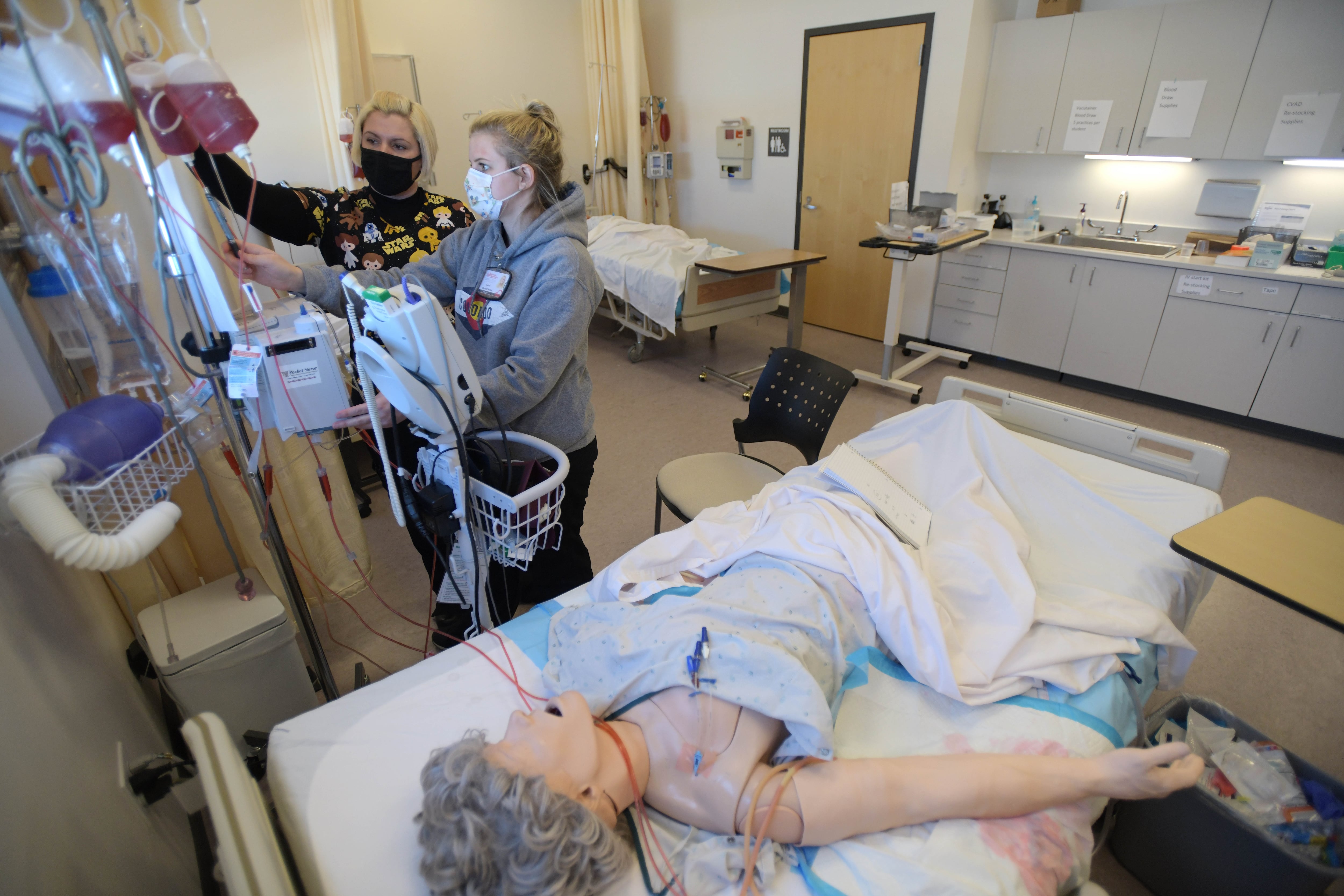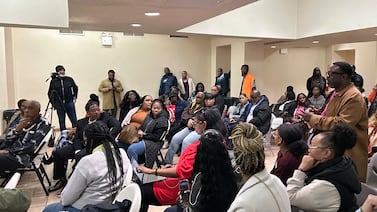Sign up for our free monthly newsletter Beyond High School to get the latest news about college and career paths for Colorado’s high school grads.
Apprenticeships. Courses that count for both high school and college credit. The opportunity to earn an associate’s degree alongside a high school diploma.
Over the years, Colorado has created these programs and more to help prepare students for college and careers. However, a new report commissioned by state lawmakers shows that the programs aren’t offered consistently at schools across the state, that they haven’t worked with one another, and that not enough families know about them.
The report offers 13 recommendations to streamline a fragmented system. Lawmakers are expected to take up a few of the recommendations during this year’s session, and the report should guide further conversations about connecting students to the workforce.
The report came out of a bill co-sponsored by state Rep. Jennifer Bacon, a Denver Democrat, in 2022. The bill created a task force — nicknamed the 1215 task force, after the bill number — to develop recommendations to improve what the state has offered.
“What we found in the 1215 task force was that we actually have five or six different programs that have their own structures and systems, and the institutional barriers are getting in the way of doing better by way of supporting students,” Bacon said.
State Sen. Rachel Zenzinger, an Arvada Democrat, said adopting the task force’s recommendations would mean more accountability for the work that’s happening statewide and would help decision makers understand what is and isn’t working for students.
“This is the moment we pull it all together and have a conversation,” Zenzinger said.
Below are five things to know about the report, including why it was commissioned, what it concluded, and the roadmap it provides for state leaders.
Colorado aims to further the ‘Big Blur’
Colorado has acute worker shortages, and most jobs require some form of college.
The 1215 task force’s report is meant to help the state do better at carrying out what policymakers call the “Big Blur” — that is, making the end of high school and the beginning of college seamless. Colorado is among the first in the country to take up this work.
Under these programs, students get skills in high school that make it easier for them to learn a career field in college. And when they graduate, they could get a job in that field, or what they learned during high school and college would make them more employable. Ideally, employers would help with that training.
A fifth-year of high school, dual enrollment, and apprenticeship programs all fit under the “blur.”
So do programs such as two-year and four-year college partnerships to earn an associate’s and then a bachelor’s degree, and high school efforts that partner with businesses to help students learn skills in specific fields such as cybersecurity or welding.
Bringing everything under one roof
Zenzinger said Colorado has numerous workforce programs, but no comprehensive direction for them.
The 1215 Report calls for fixing that. It recommends that state lawmakers change statutes to bring these programs “under one umbrella to reduce administrative burden” and make the system more accessible for school districts and students.
State House Speaker Julie McCluskie, a Dillon Democrat who also sponsored the 2022 bill, said this is likely to be one of the first changes lawmakers make.
Twelve state-supported programs would come under common administration, including the fifth-year high school programs, dual enrollment for high schools students to enroll in community college, and the state’s teacher recruitment program.
Such a step would also attract employers to participate in programs such as apprenticeship, or help regions of the state focus on specific workforce needs, the report says.
Better communicate with students
To participate in “Big Blur” programs, students need to know and learn about them. But the state doesn’t make that easy.
The 12 programs are spread out among various pages on the Colorado Department of Education’s website. And career and technical education is administered through the Colorado Department of Higher Education, which has a separate website.
The report calls for a new strategy to make Coloradans aware of what’s available and to have that in one place, so that students and residents can find out what works for them. The state would also do a better job communicating the benefits of these programs to high school students and adults.
“The most valuable career navigation offerings are tailored to individuals’ interests and talents, are available in multiple languages, and include fully accessible interactive tools and services,” the report says.
One statewide report and more accountability
What’s working the best for the state?
Although the state tracks data on how the programs serve students, it’s difficult to look at how well these programs collectively are achieving their goals. To that end, the report recommends that the state begin to set certain measurable goals for all of the programs.
The state should also begin to evaluate how these programs have helped Colorado over the long term and develop a public-facing dashboard to report on their performance, the report says. Along with the 12 programs, the dashboard would also likely include information about career education programs administered by the state’s community college system.
The information could lead lawmakers to end or increase funding for some of the programs, Zenzinger said.
What the report says about funding and equity
Each of the programs under study is funded through a different source. Some operate as grant programs with a timeline for the program to end.
The report calls on lawmakers to create a dedicated revenue stream for workforce training programs that would increase each year with inflation and take into account how well different groups of students are able to learn. The report also recommends money to cover costs of expanding these programs.
The weighted funding would help ensure that residents from different backgrounds get access to these opportunities, including students of color and those who have fewer financial resources.
The report says the state should consider incentives to high schools that reduce gaps between certain populations, and support for students who have the toughest time getting workforce opportunities while in school.
Jason Gonzales is a reporter covering higher education and the Colorado legislature. Chalkbeat Colorado partners with Open Campus on higher education coverage. Contact Jason at jgonzales@chalkbeat.org.






